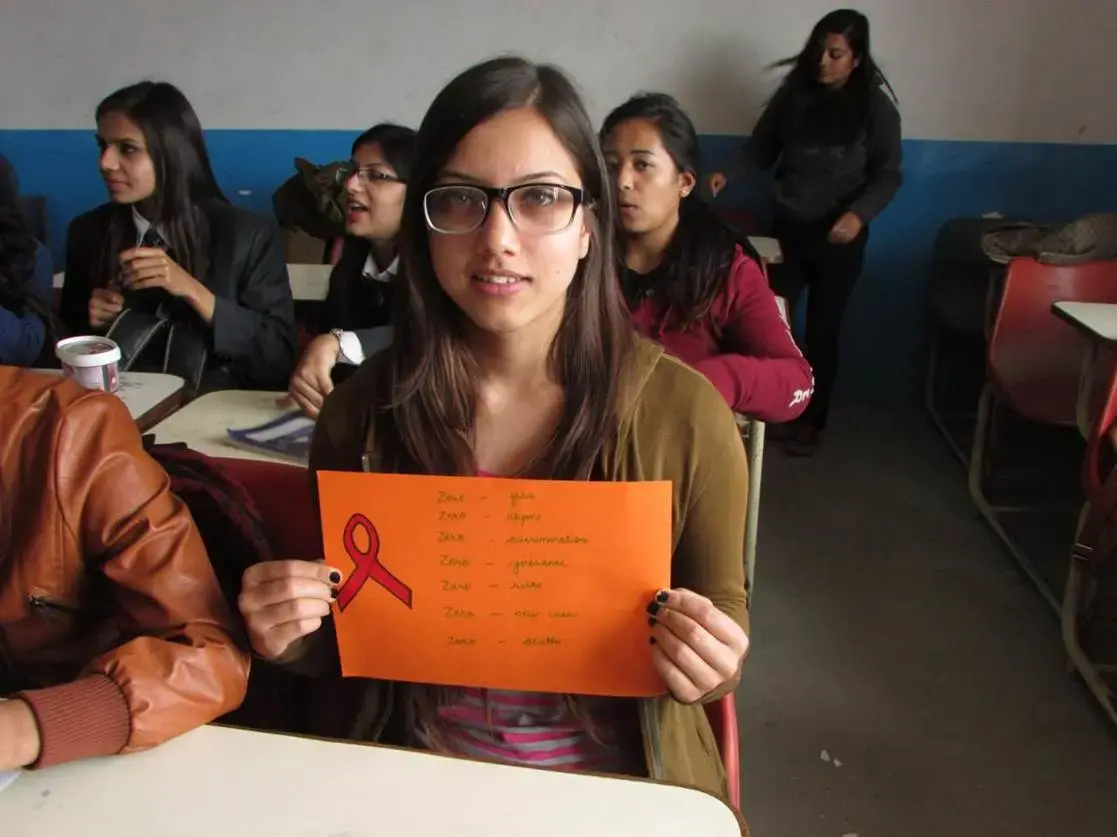All women of reproductive age need to have access to contraception to avoid unintended pregnancies. May 5 is the International Day of the Midwife. Around the world there is an estimated shortage of some 350,000 professional midwives. This means that many women and their newborns die from complications that could have been easily prevented by a health worker with the right skills, the right equipment and the right support. It has been internationally proven that legalized, independent and well trained midwives can significantly decrease Maternal Mortality. Midwives are the unsung heroes of maternal and newborn health.
A leader recently reminded us that: "Women represent half of the world's population, and they are responsible for the other half." Yet every day, almost 800 women die in pregnancy or childbirth. Every two minutes, the loss of a mother shatters a family and threatens the well-being of surviving children. Evidence shows that infants whose mothers die are more likely to die before reaching their first birthday than infants whose mothers survive.
Of the hundreds of thousands of women who die during pregnancy or childbirth each year, 90 percent live in Africa and Asia. The majority of women are dying from severe bleeding, infections, eclampsia, obstructed labor, and the consequences of unsafe abortions. 90 percent of these deaths are preventable, and we have highly effective evidenced-based interventions. Working for the survival of mothers is a human right imperative. It also has enormous socio-economic ramifications-and is a crucial international development priority.
While Nepal has made tremendous progress in reducing Maternal Mortality, there are still an estimated 1,200 women who die every year during pregnancy or while giving birth. This translates to an average of three women per day. For every woman who dies, 20 or more are injured or experience serious complications. The major associated reproductive health morbidities in Nepal are Pelvic Organ Prolapse (POP) and Obstetric Fistula (OF), which affects women in isolated areas as their access to quality maternal health care is difficult. Obstructed labor accounts for six percent of maternal deaths (NMMS 2008/2009). It is estimated that around 200-400 new OF cases occur every year in Nepal. Similarly, POP affects about 10 percent of women nationally and is the most frequently reported cause of poor health among women of reproductive age and postmenopausal women. Low availability of skilled birth attendants, extensive physical labor during pregnancy and immediately after delivery (including heavy lifting), early childbearing and short birth spacing are some of the factors contributing to high rates of pelvic organ prolapse.
Nepal is very close to reaching its MDG Goal 5 on reducing maternal mortality by 2015, but much more needs to be done to continue progressing, given there are still too many women who deliver at home, often in difficult conditions and without skilled assistance.
To further reduce maternal mortality and associated morbidities, the country needs to pursue a three-pronged strategy:
One, all women of reproductive age need to have access to contraception to avoid unintended pregnancies. Two, all pregnant women need to have access to skilled care during pregnancy and after child birth. And three, all those with complications need to have timely access to quality emergency obstetric care.
Yet, in Nepal, only one in three births is attended by a skilled birth attendant, a full range of contraceptives are not widely available and accessible, and the referral system to deal with complicated births needs further strengthening.
Universal access to family planning can reduce maternal deaths by as much as 30 percent. It is essential to help every young person, woman and couple to decide freely if, when and how many children to have. This alone could help prevent 87 million unintended pregnancies worldwide-so many of which result in unsafe abortions in developing countries-and close to a third of all maternal deaths. Midwives not only provide family planning services, but their invaluable counseling skills are instrumental in empowering women and couples to make the decisions that are right for their particular situation.
All women of reproductive age need to have access to contraception to avoid unintended pregnancies.
May 5 is the International Day of the Midwife. Around the world there is an estimated shortage of some 350,000 professional midwives. This means that many women and their newborns die from complications that could have been easily prevented by a health worker with the right skills, the right equipment and the right support. It has been internationally proven that legalized, independent and well trained midwives can significantly decrease Maternal Mortality. Midwives are the unsung heroes of maternal and newborn health.
The United Nations Population Fund (UNFPA) is closely working with the Nepali government in advancing Midwifery education and cadres. The 2006 Government SBA policy clearly reflects MoHP's position of new cadres of professional Midwives as a crucial Human Resource for maternal and neonatal healthcare. We count on the Government of Nepal to have midwifery education and regulation in place and for making provision for midwives in their human resource strategy.
Let's acknowledge and celebrate midwives, especially on this important day, given the crucial role they play in saving lives and strengthening national health systems. Midwives deliver-and not only babies. They save lives of mothers and newborns, and promote good health in societies as a whole. They are the essential workforce in an effective healthcare system.
Op-Ed by UNFPA Representative on the occasion of the International Day of the Midwife printed in Republica on May 5, 2013



